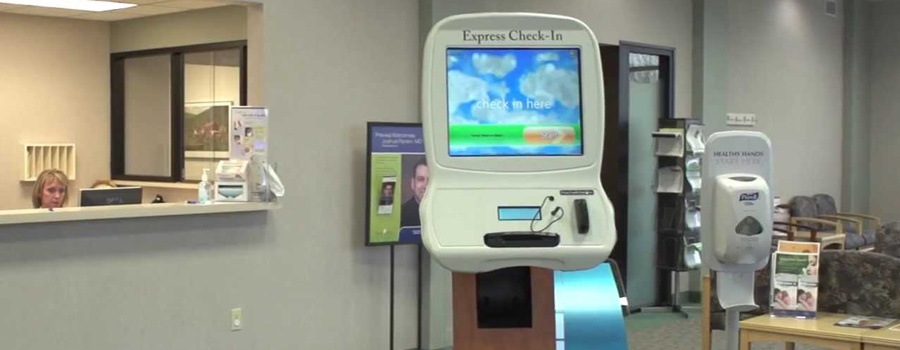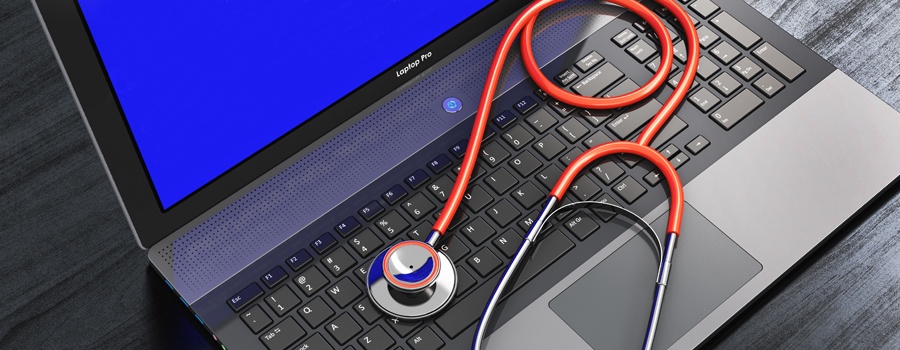Tag: data
-

Front Office Transformation – First Impressions
I recently visited a specialty practice at a major health system. As I approached the registration desk, a posted sign directed me to a standing kiosk to sign in. The family member I accompanied to the appointment was unable to stand at the kiosk, so I provided the needed information and signed her in. Although…
-

NIH’s All of Us Research Program Kicks Off in Birmingham on May 6
On May 6, the National Institutes of Health will open national enrollment for the All of Us Research Program, a momentous effort to advance individualized prevention, treatment and care for people of all backgrounds. People ages 18 and older, regardless of health status, will be able to enroll. The official launch date will be marked…
-

Medical Association Chooses PCIHIPAA to Help Benefit and Protect Its Members
MONTGOMERY – The Medical Association of the State of Alabama has partnered with PCIHIPAA to help protect its members from the onslaught of ransomware attacks, HIPAA violations and data breaches impacting Alabama physicians. Under HIPAA’s Security and Privacy Rules, health care providers are required to take proactive steps to protect sensitive patient information. “The Medical Association services more…
-

Now Available: CMS Data Submission System for Clinicians in the Quality Payment Program
CMS Launches New Data Submission System for Clinicians in the Quality Payment Program On Tuesday, Jan. 2, the Centers for Medicare & Medicaid Services launched a new data submission system for clinicians participating in the Quality Payment Program. Clinicians can now submit all of their 2017 Merit-based Incentive Payment System data through one platform on…
-

A HIPAA Contingency Plan: Yes, It’s Boring. Yes, You Must Do It.
When was the last time you reviewed your entity’s Contingency Plan? If it has been awhile, or never, you need to get to work. In light of recent natural disasters and ransomware attacks, the necessity of thorough and documented contingency planning, to include backup and disaster recovery, has become a focus for health care entities.…
-

Is Your HIPAA Contingency Plan Adequate?
Your response to this question may include one of the following answers: What in the world is a Contingency Plan? I think we did that, but I’m not sure where it is. I know we did one a while back, but we haven’t looked at it in a while. If any of these responses sound…